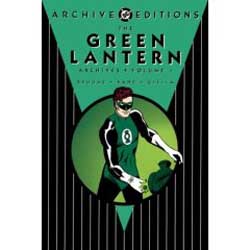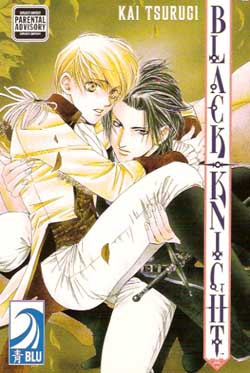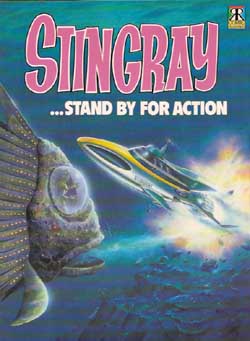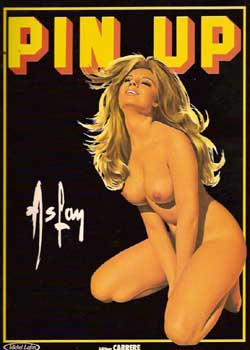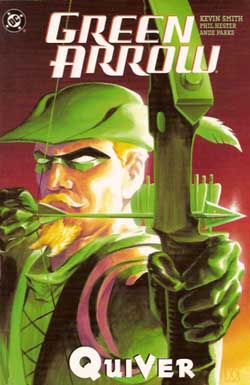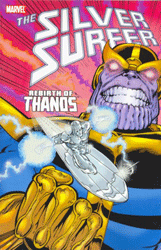
By Jim Starlin, Scott Edelman, Ron Lim, Mike Zeck & various (Marvel)
ISBN13: 978-0-7851-2046-9
The Silver Surfer was always a pristine and memorable character when handled well – and sparingly – yet once he gained and sustained a regular comic book presence he became somewhat diminished; less… special. After a strong start his adventures became formulaic and even dull.
Thanos, the death-obsessed master-villain of the 1970’s was a critical and commercial success in his battles with Captain Marvel, the Avengers, the Thing and Spider-Man, and his destruction at the hands of Adam Warlock was an absolute highpoint in superhero storytelling. So why trample on such a classic by reviving him?
But it happened anyway. Brought back from the beyond, Thanos sets about redressing an imbalance between the Living and the Dead to please his mistress, the personification of Death, for whom he intends to kill one half of all living things. Opposed at first just by the Silver Surfer, this mission escalated into an all-out war for control over all reality when the demented villain set out to obtain six mystic gems that would give him absolute control over every aspect of creation, and in effect make him the Supreme Being.
Reprinting issues #34-38 of Silver Surfer and Thanos Quest #1-2, plus a vignette from the back of Logan’s Run #6 (a battle with Drax the Destroyer), the tome is very much a re-run of the Mad Titan’s first attempt to conquer (see The Life of Captain Marvel, ISBN: 0-87135-635-X), but without that saga’s fresh-faced energy and infectious enthusiasm.
Unable to stop Thanos alone the Surfer gathers a band of heroes to defeat the villain and it all ends up in a tremendous punch-up. It also leads to the Cosmic Crossovers Infinity Gauntlet, Infinity War and Infinity Crusade.
Which answers the ‘motive’ part of the question: Publishing is a business and this outing was an obvious way to stir interest in a moribund series which actually paid off big. But as to why it worked…?
By no means Jim Starlin’s best writing, and with mediocre art (I’m being charitable here) from Ron Lim, the first part of the book has very little to recommend it yet is highly regarded by fans – and I must admit that it is inexplicably readable. The latter Quest for the Infinity Gems is marginally better but still not material of any quality, yet it still fired up the fans enough to buy the massive crossovers and subsequent tie-ins that followed.
The strip narrative medium is an odd thing. Stories and characters often achieve a popularity despite rather than because of themselves, and bizarrely, some stories attain favour without any apparent or even discernable merit. This book simply isn’t very good (and is the kind of comic book that sends adult newcomers away screaming and sneering) but there’s some indefinable something that makes it impossible to wholeheartedly condemn…
©1990, 1992, 1993 Marvel Entertainment Group/Marvel Characters, Inc. All Rights Reserved.


